List of top 9 worst football team in the Premier League
The Premier League is not only the most attractive football tournament on the planet, but also the most brutal “stage” for sports betting. In an environment where each round can create big fluctuations in odds, weak teams – both in terms of expertise and psychology – are “gold mines” for observant and exploitable players. By analyzing teams that have had disastrous seasons in the history of the Premier League, players can not only avoid unnecessary betting slips, but also find out the rules and trends that are easy to win throughout the season. Below, Premiumsoccertips.net shares a list of 9 worst football team in the Premier League and betting lessons from their own decline.
Top 9 worst football team in the Premier League
Here is a list of the top 9 worst football team Premier League, names that have left their mark not with glorious achievements, but with forgettable seasons with disastrous streaks, poor form and poor results.
9. Norwich City – 2019/20 Season
Norwich City is known as a classic “yo-yo club,” frequently moving between divisions. In the 2019/20 season, they won only 5 matches, earned 21 points, and conceded 75 goals. What made them a favorite target for bettors was their open attacking play paired with extremely weak defense. As a result, most Norwich matches leaned towards Over outcomes and those who recognized this early profited consistently from Over 2.5, BTTS (Both Teams to Score), and high-score betting markets.

Another major weakness was their lack of stability in the second half. Norwich often started matches well but collapsed mentally and tactically after halftime. This made bets like “Away Team to Score in Second Half,” “Norwich to Concede After 60 Minutes,” or “Second Half Over” highly profitable. When playing top-six teams, they often lost by large margins providing excellent entry points for late in-play bets or deep handicap lines. Norwich serves as a textbook example of how understanding tactical patterns of weaker teams can be leveraged for timely and effective betting.
8. Sheffield United – 2020/21 Season
Following an impressive 9th-place finish in 2019/20, Sheffield United entered the 2020/21 season with high hopes. However, they suffered a dramatic collapse only 7 wins, 23 points, and a last-place finish. Their downfall was caused by a toothless attack, predictable tactics, and a failure to adapt. For bettors, Sheffield became a “money-printing machine” for backing narrow victories by opponents or betting on low-scoring matches with few chances.

Sheffield recorded the lowest Expected Goals (xG) in the league, often below 0.8 per match. This offered strong justification for bets like “No Goal,” “Under 1.5 Goals for Home Team,” or “No First-Half Goal” when facing similarly ranked opponents. Furthermore, once Sheffield went behind, they almost never recovered making “Team Scoring First to Win” a highly valuable market. For bettors who utilized advanced metrics (xG, xGA, possession chains), Sheffield provided numerous profitable “bottom-chasing” opportunities with low risk.
7. Watford – 1999/2000 Season
As a newly promoted side in the 1999/2000 season, Watford quickly showed their lack of readiness for top-tier competition. They won only 6 matches, lost 26, and scored a mere 35 goals. While there were a few surprising wins (such as a 1–0 victory over Liverpool), most of the season was a long series of defeats. For bettors, Watford was a typical team to “bet against,” as they consistently lost as expected, without pulling off shocks, and were particularly vulnerable against mid-table or stronger sides.
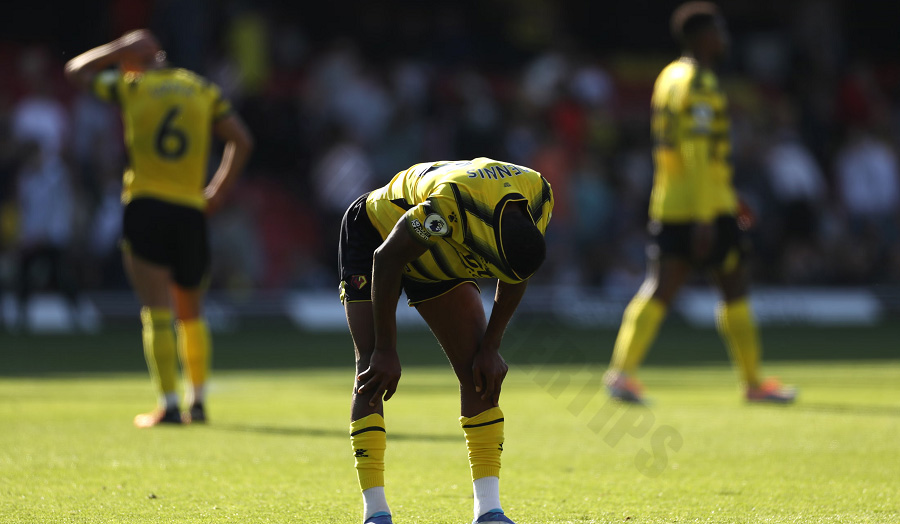
Watford were especially poor in away matches, frequently losing by margins of 2 goals or more. Additionally, their rate of conceding late goals was high nearly 45% of goals conceded came after the 70th minute. This made second-half live bets, “Opponent to Score Late,” or “Second Half Over Corners” excellent choices, as they often defended desperately and cleared the ball under pressure. Bettors who analyzed time-based scoring patterns and late-match momentum could take full advantage of this trend, especially when bookmakers dropped odds in the final minutes.
6. Portsmouth – 2009/10 Season
Unlike other teams on this list, Portsmouth in the 2009/10 season did not perform terribly in terms of footballing ability they won 7 matches and were relatively organized. However, being docked 9 points due to financial insolvency sent them to the bottom of the table and rendered all efforts meaningless. For bettors, this was a valuable lesson: off-field factors, especially financial and management issues, can have direct impacts on team performance. The squad lost motivation entirely, particularly towards the end of the season making them easy targets.
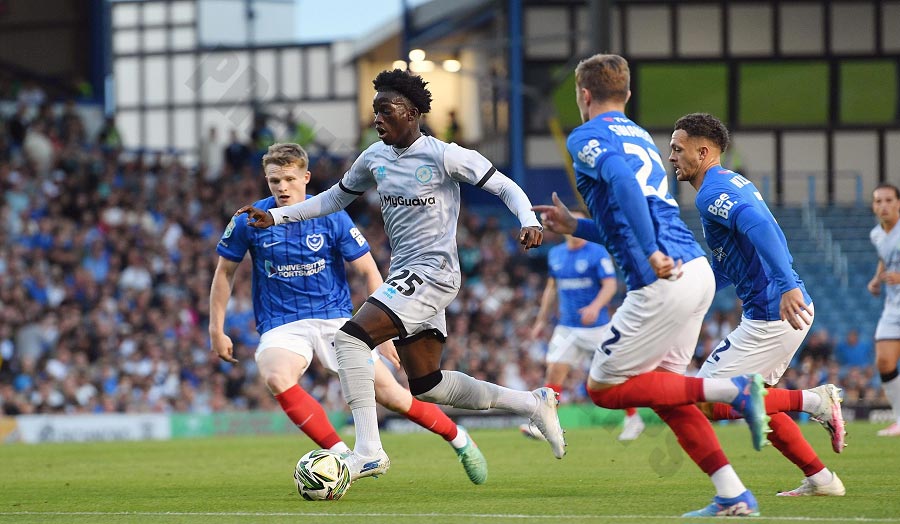
Although they occasionally produced surprises (such as defeating Liverpool in the FA Cup), Portsmouth frequently lost in the Premier League, especially after conceding. Bets such as “Opponent to Score After the 60th Minute,” “Portsmouth to Lose by 2 or More Goals,” or “Total Goals Over 3” were effective options. Additionally, when playing away, their losing rate against the spread reached 80% over the final 10 rounds ideal for progressive staking strategies. Portsmouth’s story reinforces the importance of tracking behind-the-scenes developments when forming a betting plan.
5. Sunderland – 2002/03 Season
Sunderland appears for the second time on this list, with their 2002/03 season ending in four wins, 19 points, and a goal difference of -44. This marked a period of severe crisis for the club, where tactics, personnel, and finances all deteriorated. For bettors, Sunderland during this season represented a textbook case of a relegation-bound team: erratic form, a crumbling defense, and frequent heavy defeats. System-based bettors for example, those backing -1.5 handicap against Sunderland round after round could achieve a win rate of over 70%.
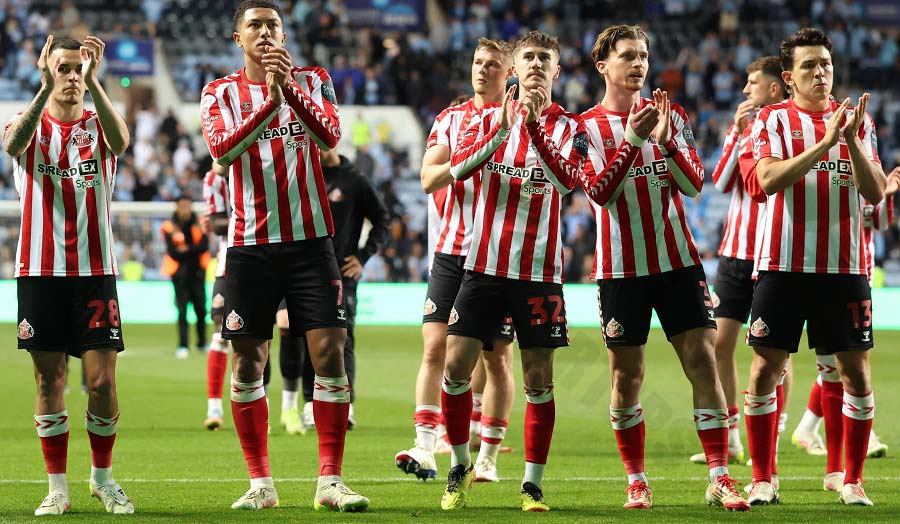
Moreover, Sunderland often collapsed by halftime, conceding early and failing to mount any comebacks. This made bets such as “Opponent Leading at Half-Time,” “Sunderland Not to Score,” or “Live Bet After First Goal Conceded” highly effective. Another key weakness was their inability to score away from home making BTTS – No (Both Teams to Score – No) bets consistently successful. In summary, Sunderland 2002/03 is a classic case study on how a collapsing team can be exploited using hard data.
Don’t miss out on these super cool deals from online bookmaker, helping you start your winning journey today!
4. Huddersfield Town – 2018/19 Season
After a surprising survival in the 2017/18 season, Huddersfield Town reverted to their expected status as bottom dwellers in the 2018/19 campaign. They won only three matches, earned 16 points, and scored just 22 goals across 38 matches under 0.6 goals per game. For bettors, Huddersfield became a “goldmine” for Under markets, particularly Under 2.5 and “No Goal in First Half.” Every round involving Huddersfield gave data-driven bettors a solid basis for defensive and goal-shy betting strategies.

In addition, the team’s disjointed playing style, lack of creativity, and absence of attacking plans made them easy targets against stronger sides. This opened great opportunities for bets such as “Opponent to Win Both Halves,” or handicap markets like -1.5 or -2.0. Furthermore, when playing away, Huddersfield had less than 40% possession in over 80% of their matches making markets like “Home Team to Have More Corners” or “Away Team to Fail to Score” highly viable.
3. Aston Villa – 2015/16 Season
Aston Villa’s 2015/16 campaign serves as a perfect example for bettors who wager based on club reputation a common but costly mistake. Despite being one of the most historically successful clubs in England, Villa fell into a full-scale crisis: three wins, only 17 points, and 76 goals conceded. They changed managers multiple times but could not recover. Bettors who failed to reassess the squad, current form, or backstage developments often fell into the trap of backing Villa for “at least a draw” and suffered heavy losses. This season stands as a crucial lesson: never bet based on a club’s name alone.

Importantly, Villa were not only poor performers but also severely lacked fighting spirit. They frequently lost motivation after conceding the first goal – a crucial factor for those placing live handicap bets or wagers like “Trailing Team Concedes Again.” Bets such as “Opponent Scores in Both Halves,” “Villa Lose by 2 or More Goals,” or “Total Goals Over 3” often delivered solid returns. For bettors who follow market movements and odds changes closely, Villa provided excellent opportunities for fade strategies when bookmakers offered seemingly generous odds.
2. Sunderland – 2005/06 Season
Sunderland’s 2005/06 season was a clear “trap” for emotional bettors or those who relied on promotion momentum. After returning to the Premier League, Sunderland performed extremely poorly, collecting only 15 points with just 3 wins in 38 rounds a win rate of merely 7.89%. This is the type of team that professional bettors never place their trust in, particularly in standard European 1X2 bets or outright win/loss markets. Even in small handicap scenarios, Sunderland failed to deliver confidence, frequently losing by large margins.
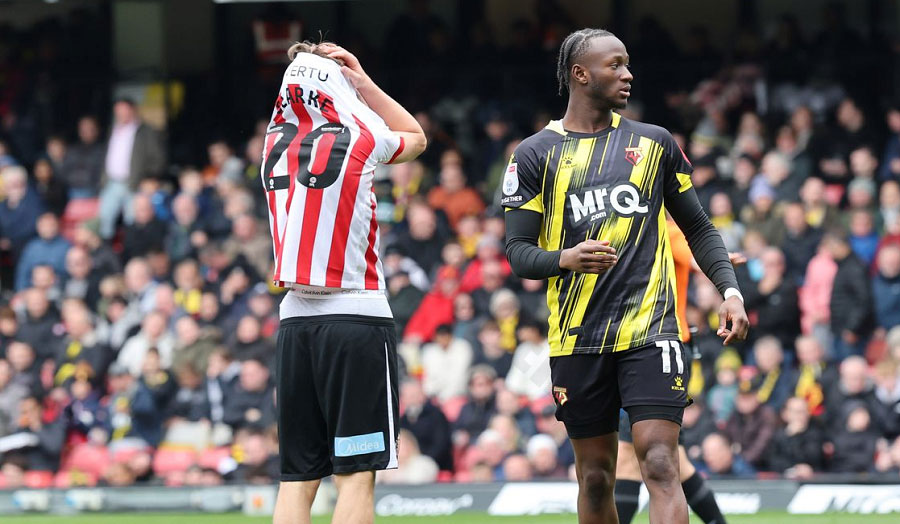
A defining feature of Sunderland that season was their lack of goal-scoring ability and frequent early collapses. With only 26 goals scored, averaging just 0.68 goals per match, bettors found strong value in markets such as “No Goal in First Half,” “Opponent to Keep a Clean Sheet,” or “Under 1.5 Goals for Sunderland.” Furthermore, due to a lack of squad depth, they often performed worse in the second half making live bets such as “Opponent to Score After 60th Minute” or “Opponent to Win Both Halves” highly profitable.
1. Derby County – 2007/08 Season
The 2007/08 season of Derby County was a complete disaster and stands as the most classic example that bettors can learn from. With only one win throughout the entire season, eight draws, and twenty-nine defeats, Derby set the record as the worst team in Premier League history and more importantly, the team with the highest losing rate across all types of bets. They conceded 89 goals and scored only 20, ending with a horrific goal difference of -69. This clearly indicated not only a weak defense but also an attack that lacked any ability to surprise or threaten. For bettors, encountering Derby was almost an automatic cue to back their opponents, especially in handicap markets (-1.5, -2.0) or goal-based markets such as Over bets on the opposing team’s goal tally.
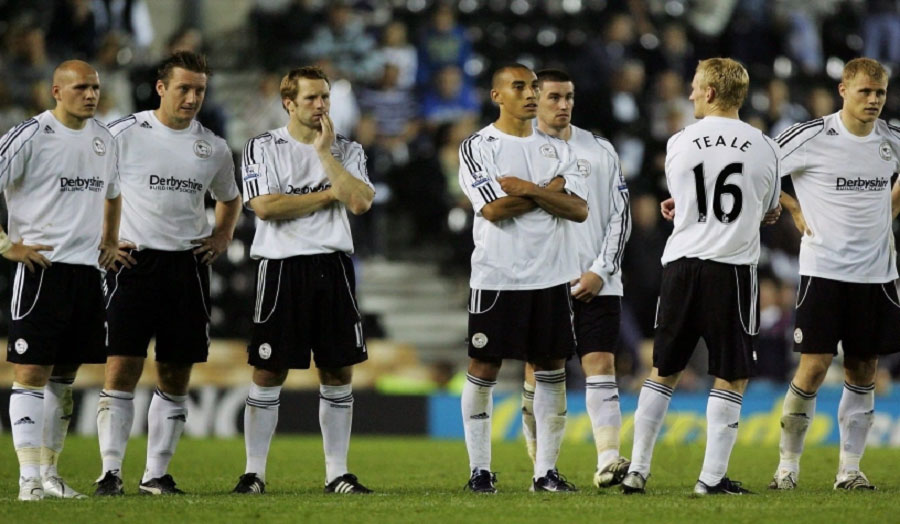
However, the lesson does not stop there. Derby frequently conceded within the first 15 minutes of matches, reflecting both tactical disorganization and mental instability. This opened profitable opportunities in bets like “First Team to Score,” “Opponent to Win First Half,” or “Early Goal.” Many of their matches had an opening over/under line of 2.5 goals, but in reality, games involving Derby often surpassed four goals. Experienced bettors during that season could almost profit consistently by blindly backing the opposing team and betting on the Over.
To Wrap It Up
In the world of football betting, understanding the strong teams is essential but understanding the weak teams is the key to creating consistent profits. The worst football team in the Premier League such as Derby County, Sunderland or Aston Villa not only leave behind terrible statistics, but also bring about repeatable betting patterns: deep handicaps, Over when facing strong teams, or special bets such as “no goal”, “lose both halves”, etc. Players with a strategic mindset will always find an advantage in these “forgotten names”. The Premier League is always harsh and that is also where the most opportunities appear, if you know how to read the nature of each team correctly.
See also: 8 top form football teams in the world








